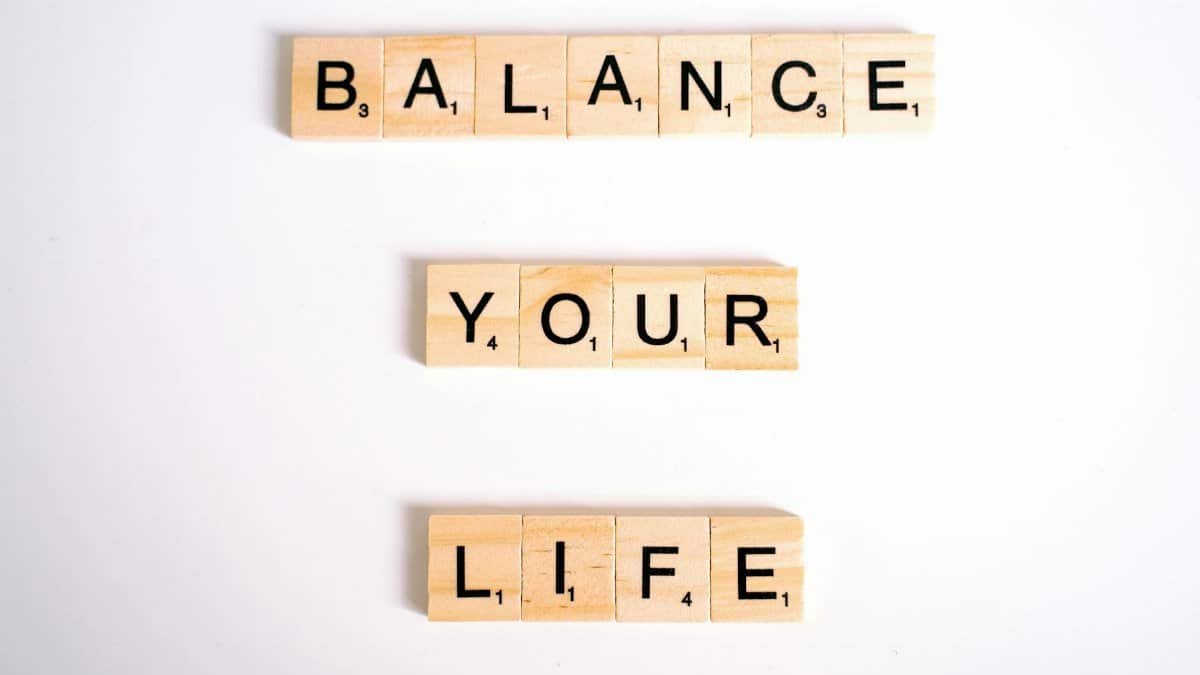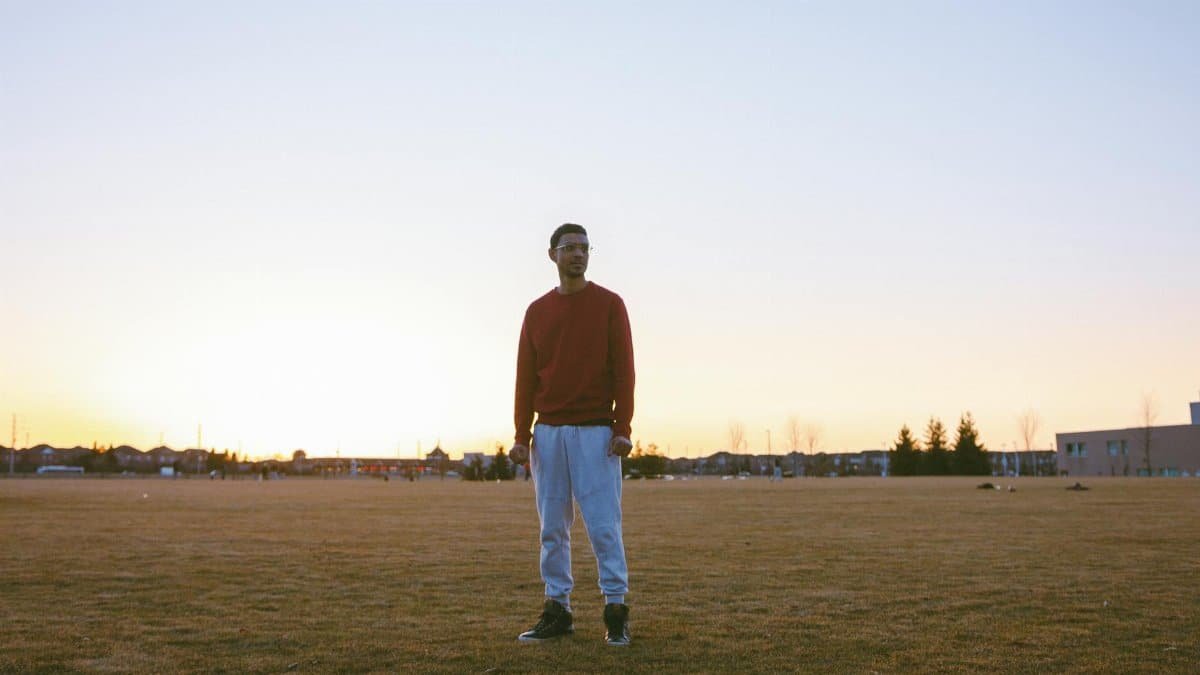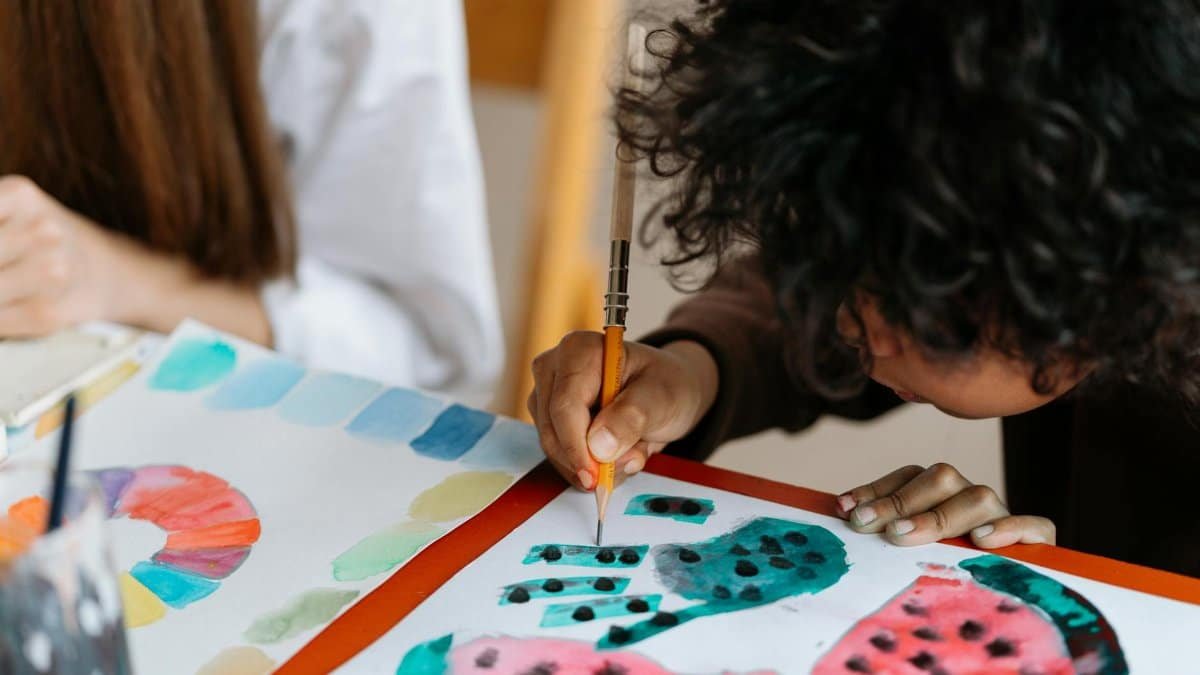Imagine a world where stepping away for just a few hours could spark a flood of fresh ideas. In the relentless pace of modern life, that notion might sound like a luxury. Yet, a growing number of Americans are discovering the power of micro sabbatical creativity—brief, intentional breaks designed to recharge the mind and ignite innovation. These aren’t sprawling vacations but small, deliberate pauses, often lasting a day or even a few focused hours. In coffee shops, coworking spaces, and quiet corners of suburban homes, people are carving out these pockets of stillness. They’re finding that a short reset can unravel mental knots and open doors to unexpected inspiration. As burnout looms large in 2025, this practice offers a practical antidote, blending rest with renewal. What makes these mini-breaks so potent, and how are they reshaping the way we think about work and imagination?
The Roots of Micro Sabbatical Creativity

The idea of stepping back to move forward isn’t new. Historical records show that thinkers like Thomas Edison often took short naps or quiet walks to break through mental blocks. But micro sabbatical creativity, as it’s understood today, has evolved into a more structured habit, tailored for our hyper-connected era. It’s about creating a deliberate space—sometimes as brief as an afternoon—where the mind can wander without the buzz of notifications or deadlines. Research from the American Psychological Association highlights how chronic stress stifles creative thinking. These intentional pauses act as a counterweight, giving the brain permission to reset. Unlike traditional sabbaticals, which require months of planning, micro versions fit into packed schedules, making them accessible to freelancers, parents, and corporate workers alike. Their simplicity is their strength.
Why Small Breaks Yield Big Ideas

Creativity often thrives in the spaces between effort. Neuroscientists have long noted that the brain’s default mode network—active during rest—plays a key role in problem-solving and idea generation. A study from the National Institutes of Health suggests that periods of downtime allow the mind to connect seemingly unrelated concepts, a cornerstone of innovation. Micro sabbatical creativity leans into this science. By stepping away from a project, whether it’s writing a report or designing a product, individuals return with clearer perspectives. Picture a graphic designer in Seattle, stumped on a logo, who takes a three-hour hike without a phone. When she returns, the solution emerges almost effortlessly. These breaks aren’t just rest; they’re a quiet rebellion against the myth of constant productivity.
The Practical Magic of Scheduling Stillness

Setting up a micro sabbatical doesn’t require a grand plan, but it does demand intention. Start by identifying a window—maybe a quiet Saturday morning or a weekday afternoon when meetings thin out. The key is to disconnect fully. Turn off devices, or at least silence them. Some choose to journal or sketch during these breaks, while others simply sit with their thoughts. A report from Pew Research Center notes that 64% of Americans feel overwhelmed by digital overload, underscoring the need for such unplugged moments. One person might head to a local park, letting the rustle of leaves replace the hum of a laptop. Another might stay home, brewing tea and staring out a window. The setting matters less than the commitment to pause. Over time, these small acts build a rhythm of renewal.
Overcoming the Guilt of Stepping Away

In a culture that glorifies hustle, taking a break can feel like betrayal. Many wrestle with the nagging sense that pausing—even briefly—means falling behind. Yet, this guilt often ignores a deeper truth: overwork dims creativity. A survey by the Gallup Organization found that employees who regularly disconnect report higher engagement and innovative output. Micro sabbatical creativity challenges the always-on mindset. It’s not about laziness but strategic recovery. One online account shared anonymously captured this struggle: feeling torn between deadlines and exhaustion, they took a half-day to walk by a lake. The result? A breakthrough idea for a stalled project. That tension between duty and rest is real, but the evidence tilts toward balance. Short breaks don’t derail progress; they fuel it.
The Ripple Effect on Work and Relationships

Beyond personal gain, micro sabbatical creativity reshapes how we connect with others. A refreshed mind brings patience and clarity to interactions, whether at the office or home. Imagine a manager, frayed from back-to-back Zoom calls, who steps out for a two-hour break in a nearby garden. When they return, they’re more present, less reactive. Colleagues notice the shift. At home, a parent might find that a brief solo walk before dinner transforms a tense evening into a lighter one. These pauses don’t just recharge the individual; they subtly improve the ecosystem around them. In 2025, as remote work continues to blur boundaries, carving out these moments becomes even more vital. They’re a quiet way to reclaim space, not just for ideas, but for meaningful connection.
Adapting the Practice to Your Life

There’s no one-size-fits-all approach to micro sabbatical creativity. A single parent might steal an hour after bedtime, sitting on the porch with a notebook. A corporate analyst could block a half-day once a month, driving to a quiet spot outside the city. The trick is to experiment. Start small—even 30 minutes can shift your headspace. Ask what feels restorative: Is it silence, nature, or a low-stakes hobby like doodling? Then, protect that time fiercely. It’s not selfish; it’s essential. Over weeks, patterns emerge. Some find that pairing these breaks with a ritual—like a specific playlist or a favorite mug—cues the mind to unwind faster. The beauty lies in customization. This isn’t a rigid system but a flexible tool, molded to fit the contours of a busy life.
Navigating the Skeptics and Doubts

Not everyone buys into the idea of micro sabbatical creativity. Critics argue it’s a trendy label for procrastination, a distraction from grit. “Just push through,” they might say, echoing a bootstrap mentality. But that perspective often overlooks the diminishing returns of relentless effort. Burnout isn’t a badge of honor; it’s a barrier. Still, doubts can creep in, especially on days when a break feels unproductive. Was that hour of quiet a waste? The answer often reveals itself later, when a stubborn problem suddenly cracks open. Addressing skepticism—internal or external—means reframing rest as active investment. It’s not stepping away from work; it’s stepping toward clarity. For every naysayer, there’s a quiet convert who’s seen the difference firsthand. Their stories, shared in hushed tones over coffee, carry weight.
A Quiet Movement Gaining Ground

Across the U.S., micro sabbatical creativity is catching on, though it often flies under the radar. In cities like Austin and Portland, coworking spaces now offer “quiet hours” for members to unplug. Suburban book clubs double as mini-retreats, where discussion gives way to reflective silence. Even in corporate settings, some forward-thinking companies are piloting policies that encourage short, intentional breaks over long, grinding hours. It’s not a loud revolution but a subtle shift, driven by individuals craving balance. As workloads intensify and digital noise grows in 2025, these small acts of pause stand out. They remind us that creativity isn’t just about output—it’s about input, too. A mind needs room to breathe. And in that breath, entire worlds of possibility can unfold.
